Description
hardware flow control. It is an ideal choice in the field of industrial automation.
(1) Use STEP7V5.2 configuration software and enter Hardware Configure to complete S7-300 PLC hardware configuration;
(2) Select S7-315-2DP as the main station system, import the GSD (device database) file of NPBA-12 into the STEP7 programming environment, and configure the software
to configure NPBA-12 with S7-315-2DP as the main station. DP online, and select the PPO type to use. This design uses PPO4 to set the site network address. In the Profibus
structure of the variable frequency drive device, ABB frequency converters use the Profibus-DP communication module (NPBA-12) for data transmission, which is
mainly periodic: the host reads the input information from the slave station and sends the output information back to the slave station. ,
so it is necessary to call two system function blocks SFC14 and SFC15 in the PLC main program to read and write these data to achieve communication control to
the frequency converter;
(3) Create a data block in the main PLC program for data communication with the frequency converter; establish a variable table for observing the real-time
communication effect.
4 Inverter operation settings
After the frequency converter and PLC are connected to a network using Profibus-DP fieldbus, in addition to programming in the PLC automation system,
appropriate parameter settings must also be performed on each frequency converter.
After the communication cable is connected, start the inverter and complete the setting of the inverter communication parameters.
4.1 Basic settings
(1) 51.01—Module type, this parameter displays the module model detected by the transmission device. Its parameter value cannot be adjusted by the
user. If this parameter is not defined, communication between the module and the drive cannot be established.
(2) 51.02—This parameter selects the communication protocol, “0” selects the Profibus-DP communication protocol.
(3) 51.03—This parameter is Profibu
The PPO type selected by s connection, “3” is PPO4, but the PPO type on the inverter should be consistent with the PPO type configured on the PLC.
(4) 51.04—This parameter is used to define the device address number, that is, the site address of the frequency converter. Each device on the Profibus
connection must have a separate address. In this design, the two frequency converters are stations 2 and 3 respectively. [1]
4.2 Connection of process parameters
The process parameter interconnection completes the definition and connection of the corresponding parameters of the NPBA-12 dual-port RAM
connector and the frequency converter, including the connection from the master station (PLC) to the frequency converter and the connection from the frequency
converter to the master station (PLC). Set the following connection parameters on the frequency converter.
(1) PZD value sent from PLC to transmission inverter
PZD1—control word, such as start enable, stop, emergency stop and other control commands of the frequency converter;
PZD2—frequency setting value of the inverter.
(2) PZD value sent from the transmission inverter to the PLC
PZD1—status word, such as alarm, fault and other inverter operating status;
PZD2—actual speed value, current actual value, etc. of the frequency converter.
5 Conclusion
After the inverter control system adopts the Profibus-DP fieldbus control mode, the entire system not only has strong reliability and is easy to operate, but also can
be flexibly modified according to process needs. After this system was applied in Jigang Baode Color Plate Co., Ltd., it has been running well and has provided a successful
example for the future automation equipment (network communication of different manufacturers) of the head office.
New technology from Swiss ABB Group: Complete car charging in 15 seconds
This technology can charge a car in 15 seconds
The Swiss ABB Group has developed a new electric bus technology that can complete vehicle charging in 15 seconds . No other company”s battery technology can achieve this performance.
ABB has developed a technology called “Flash Charging” that allows an electric bus with 135 passengers to charge at charging points along the route. The charging point has a
charging power of 400 kilowatts and is located above the vehicle. The charging point is connected to a moving arm controlled by a laser and can charge the car battery in 15 seconds. Its
minimal design will help protect the urban environment and surrounding landscape.
The idea behind this design is to give the electric bus enough power to travel to the next charging station after one charge. The end of the line will allow for long periods of full charging
, with the car able to travel longer distances on a full charge. In addition to faster charging times, the system uses a carbon-emission-free solution called
TOSA to obtain electricity from clean hydroelectric power stations.
ABB initially plans to use this technology between Geneva Airport and the Palexpo International Convention and Exhibition Center. If the test is successful
, it will be deployed to public transportation systems. This is more cost effective and environmentally friendly.
ABB Executive Chief Technology Officer Claes Rytoft said: “With flash charging, we can trial a new generation of electric buses for large-scale transportation
in cities. This project will provide greater flexibility, cost-effectiveness and flexibility.” Paving the way for a lower public transport system while reducing pollution and noise.”
https://www.xmamazon.com
https://www.xmamazon.com
https://www.plcdcs.com/
www.module-plc.com/
https://www.ymgk.com
05701-A-0361 Backplane Serial communication controller and monitor
810-800081-022 LAM Circuit board module
05074-A-0122 05704-A-0121 05704-A-0131 Relay interface card
810-066590-004 LAM Circuit board module
T8403C Trusted TMR 24Vdc digital input module
05701-A-0325 DC input card
T9110 AADvance controller
T9451 AADvance controller Controller module
T9402 AADvance controller
T8311 Trusted TMR expander Interface
T8151B Trusted ® Communication Interface Adapter
T8310 Trusted TMR expander Interface
05704-A-0145 Four-channel controller card 4-20 MA input
GE IS215VCMIH2BB IS200VCMIH2BCC Mark VI System board components
E1740A Agilent Time interval analyzer
GE IS215VCMIH2CA IS200VCMIH2CAA VME communication card
E1406A Agilent Time interval analyzer
05704-A-0144 Four channel control card catalytic input
FBM233 P0926GX FBM233 Field device system integration module
IS420UCSBH1A Mark VIe series UCSB controller
DDC779BE02 3BHE006805R0002 Control panel and control system
MMS6120 Dual channel bearing vibration measurement module MMS 6120
24765-02-01 Housing expansion sensor assembly
CI526 3BSE006085R1 Interface Module
3BSE005831R1 PM632 Processor Unit
3BSE004773R1 CS513K02 MasterBus 300E communication interface
PU512V1 3BSE004736R1 Real Time Accelerator (RTA) Module
3BSE004726R1 DSTD197 Connection Unit 8 ch, 120V
3BSE004723R1 DSTD190 Connection Unit 32 Ch
3BSE004382R1 DSRF185 ABB
DSDX180 3BSE003859R1 Digital In / Out Module
3BSE003832R1 SC510 Submodule Carrier without CPU
3BSE003829R1 CI532V04 AC410 » Communication Modules
3BSE003827R1 CI532V02 MODBUS Interface, 2 ch
SA167 3BSE003390R1 Power Supply Unit AC 115V / DC
SA168 3BSE003389R1 Power Supply Unit
07KR51-230VAC 1SBP260511R1001 Controller Basic Unit
07KP93 GJR5253200R1161 Communication Processor
ABB 07KP90 GJR5251000R0303 Communications Module
07KP53 1SBP260162R1001 MODBUS Coupler (07KP53)
07DC92 GJR5252200R0101 Configurable Digital I/O Module
07DC91 GJR5251400R0202 Digital I/O module
07CR41-c12 1SBP260020R1001 Advant Controller Basic Unit
07CR41 1SBP260020R1001 07CR41 Advant Controller Basic Unit – 24VDC
07AI91 GJR5251600R0202 Analog I/O, module
07AC91 GJR5252300R0101 ABB Advant OCS Analog I/O Unit
HIEE320693R0001 NU8976A Power module
HIER466665R0099 NU8976A99 Excitation module
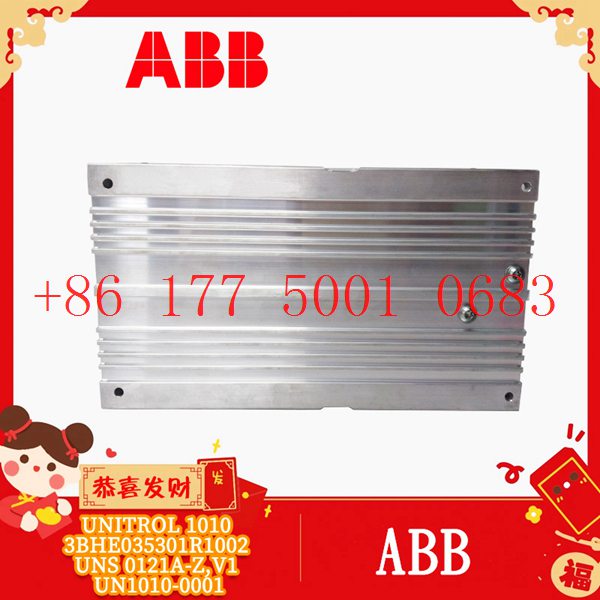
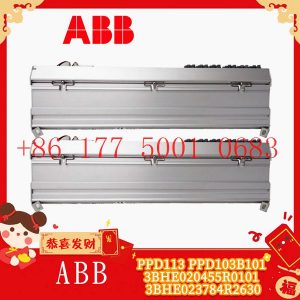
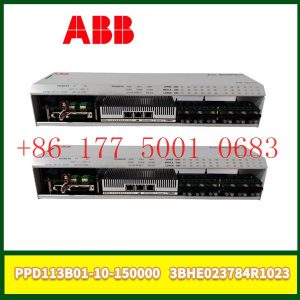
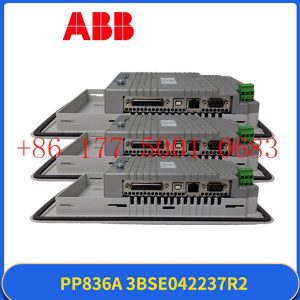
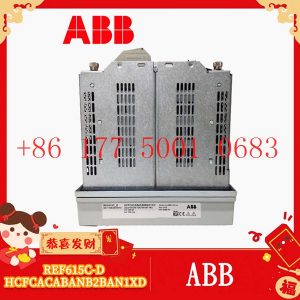




Reviews
There are no reviews yet.